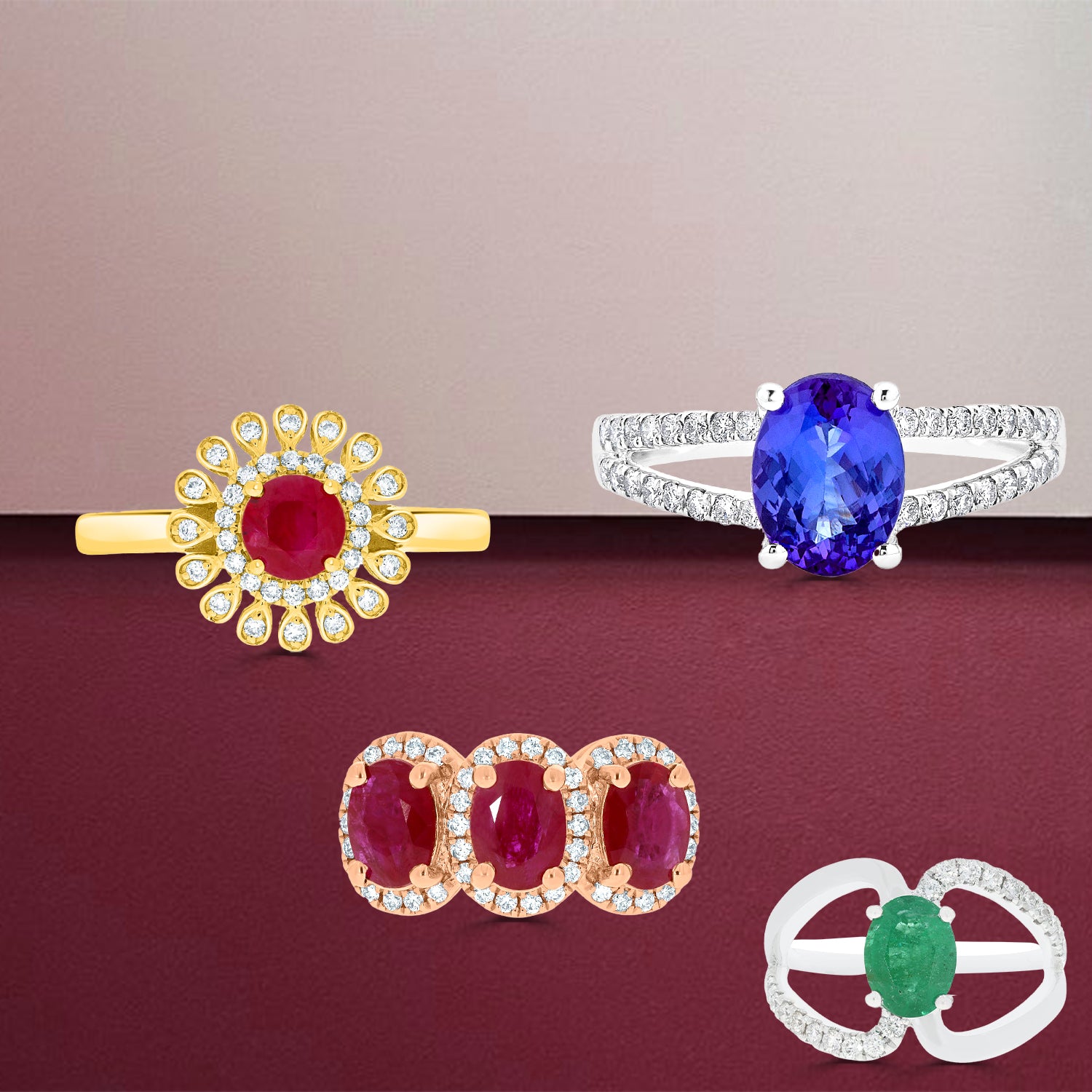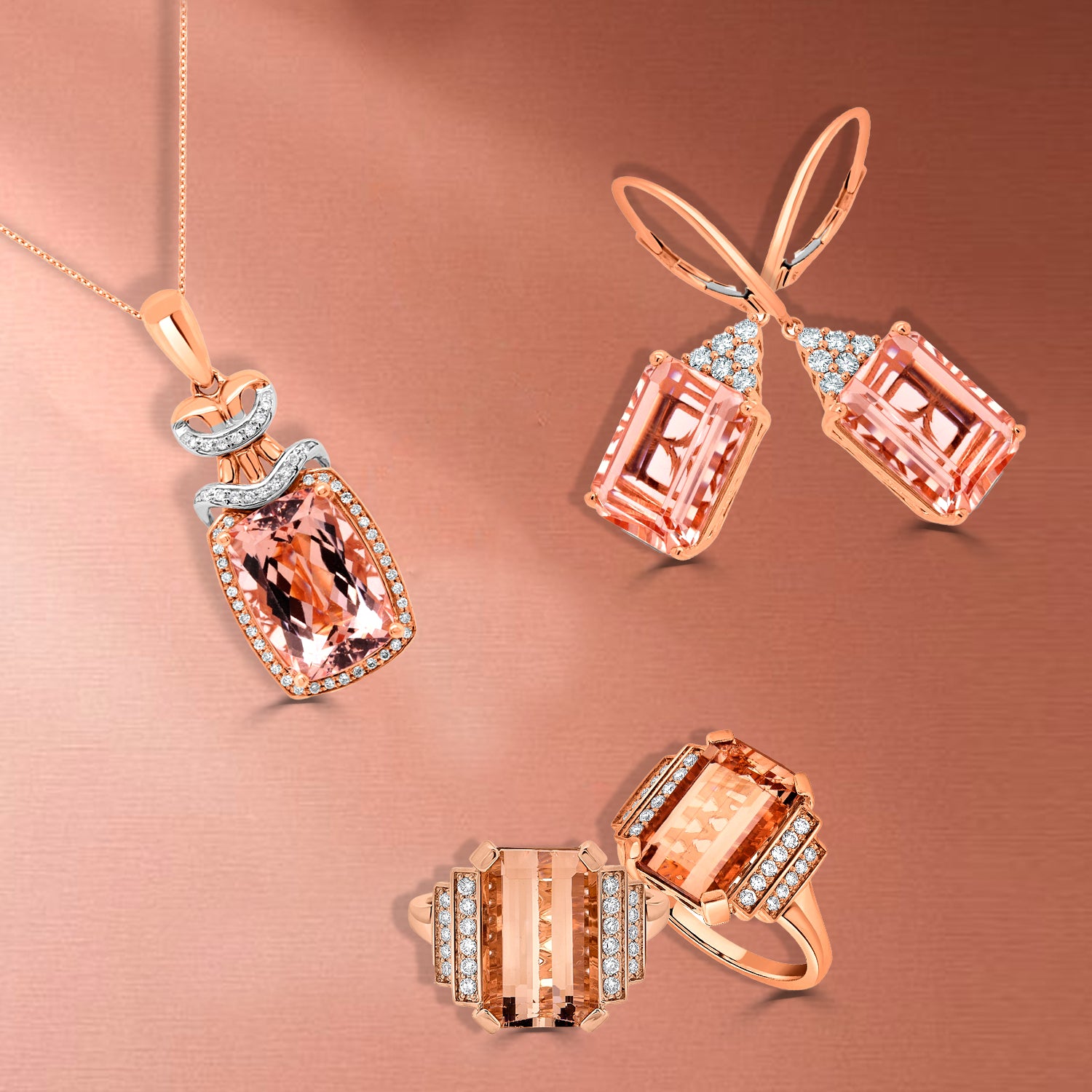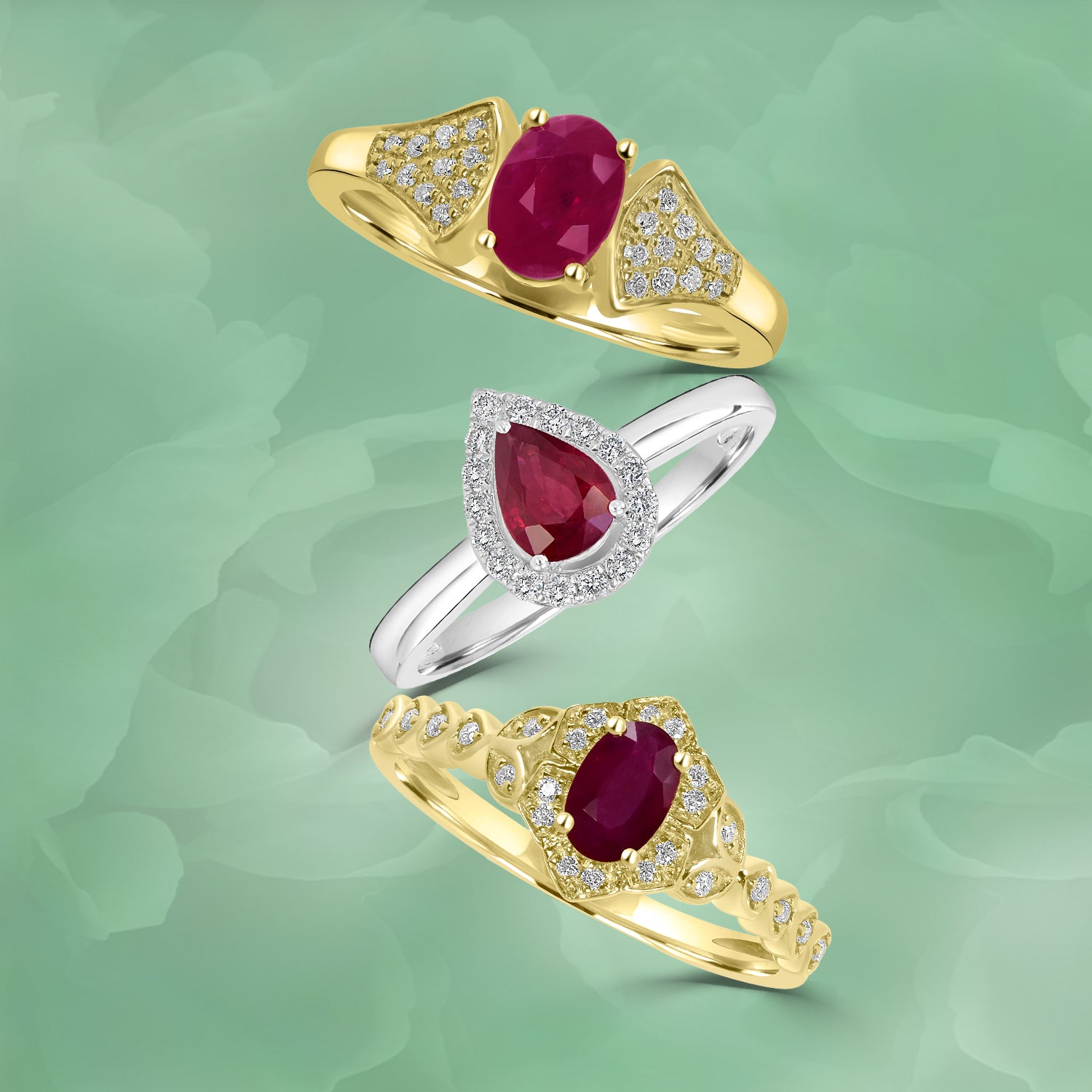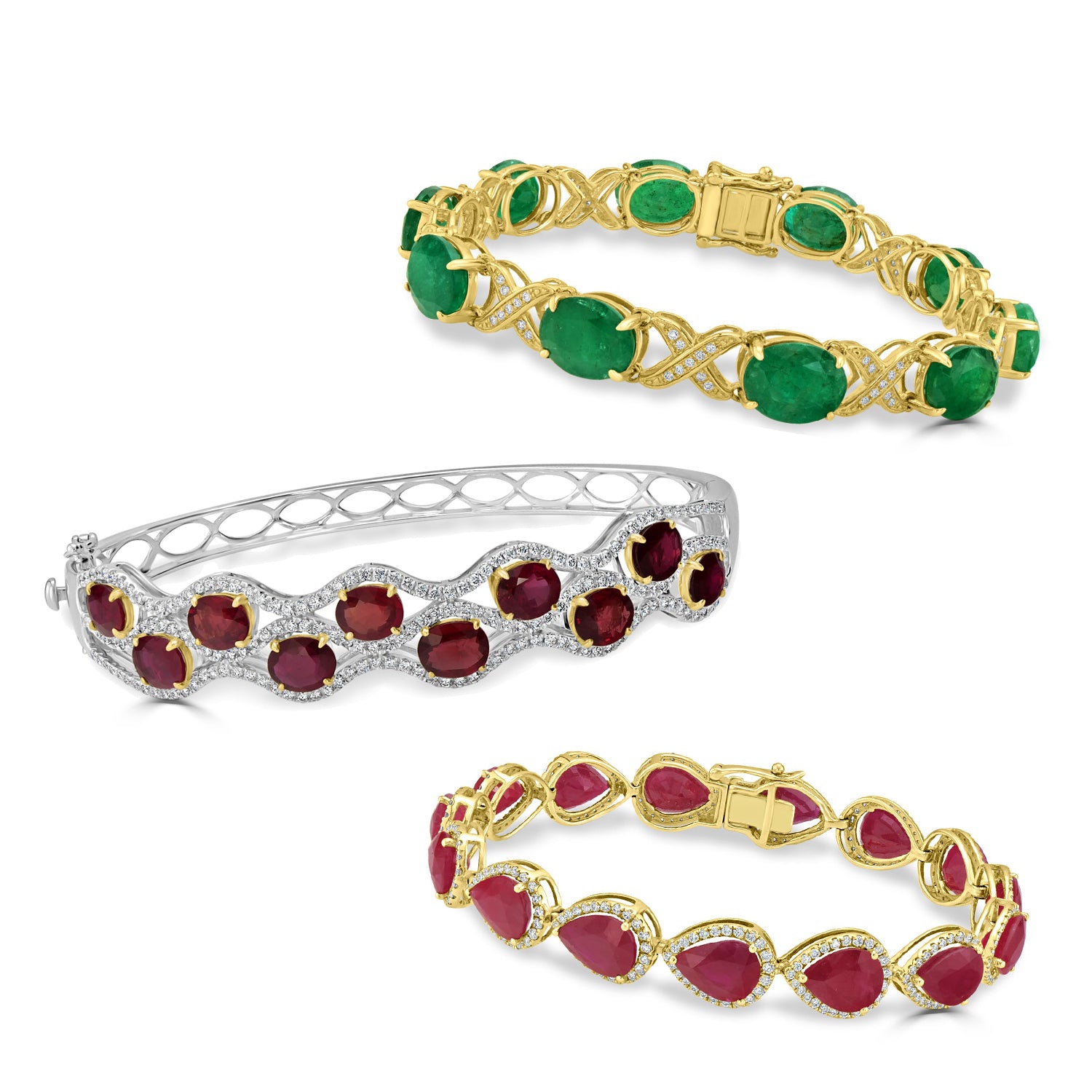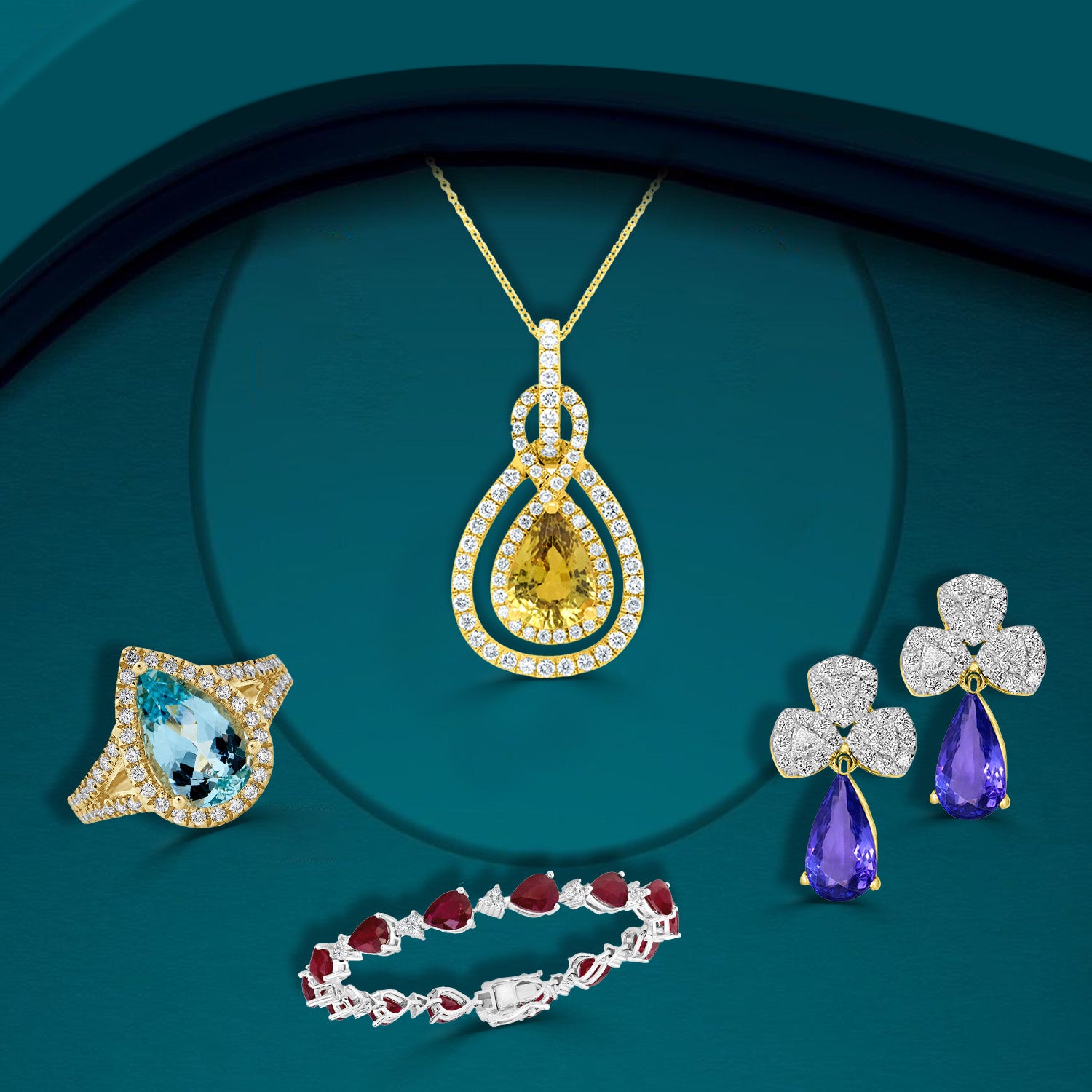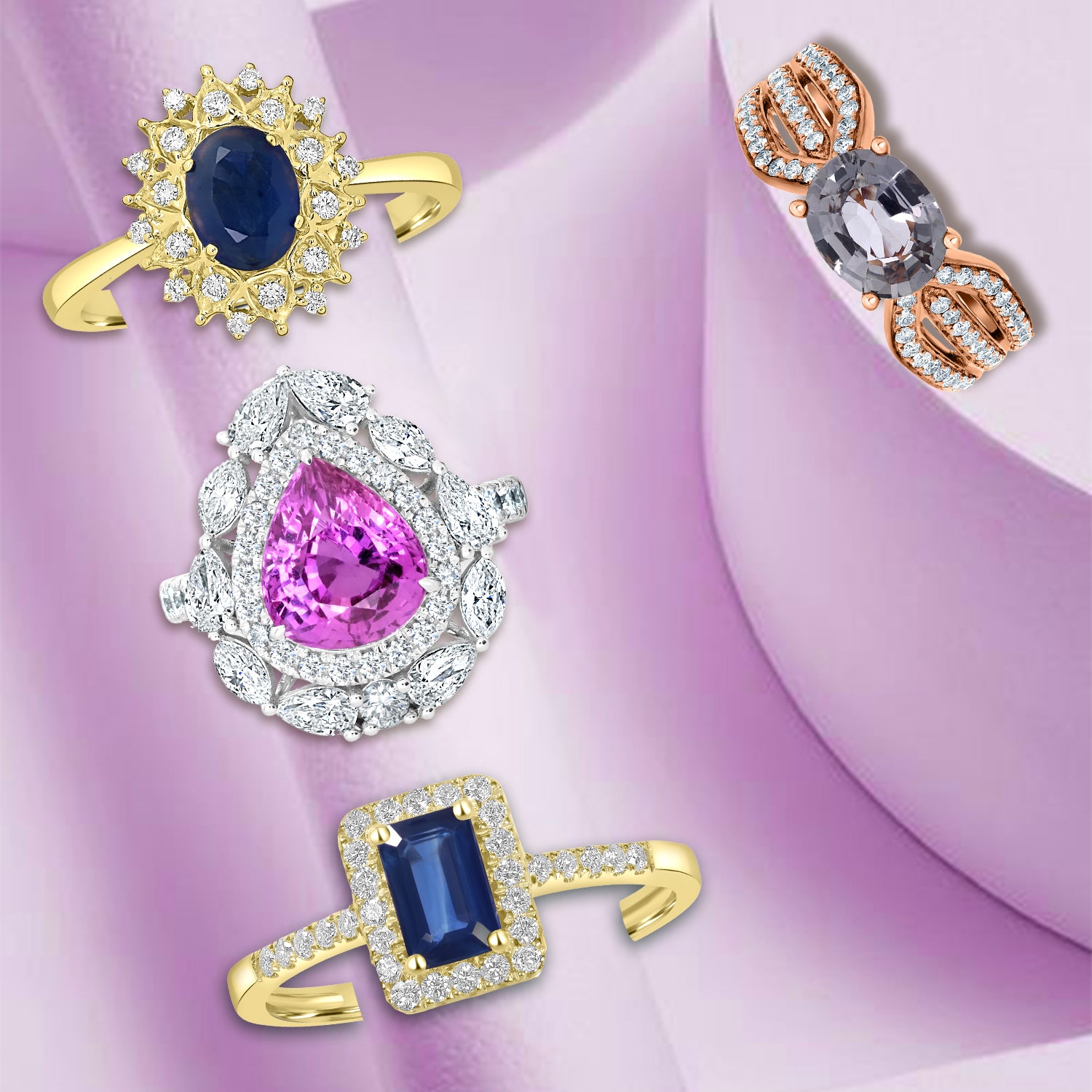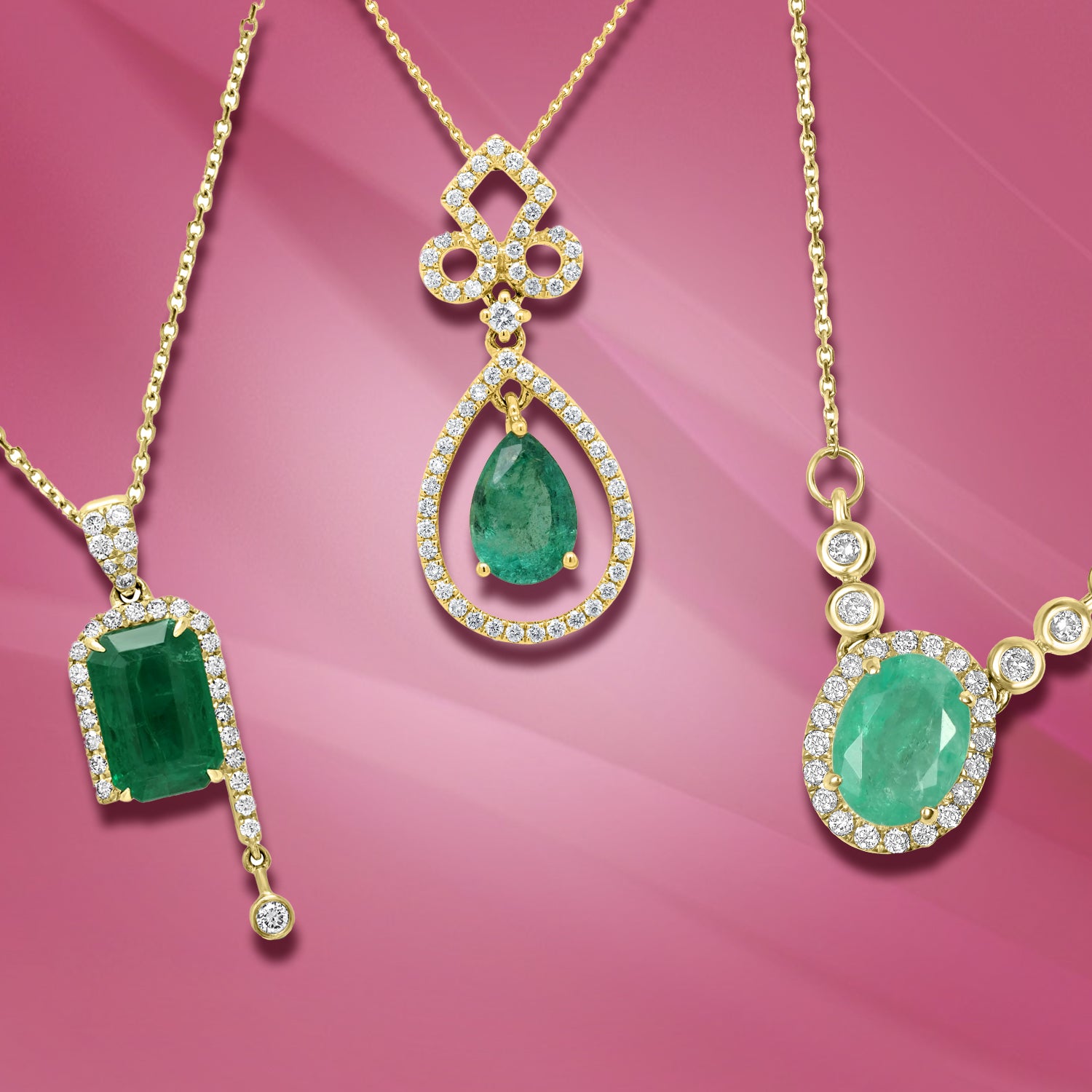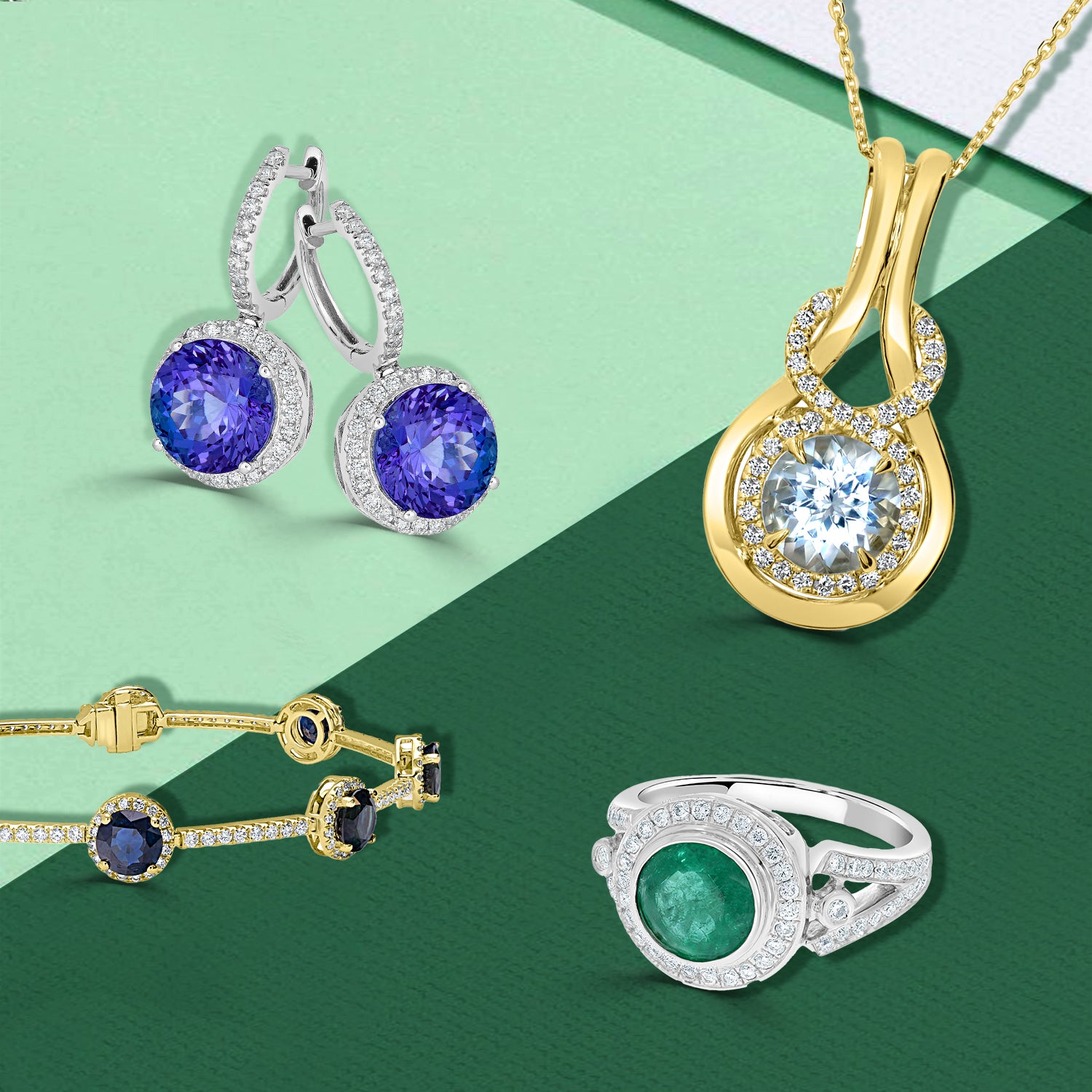- No products in the cart.
If your heart skips a beat every time you see diamond jewelry, it’s only natural. While it’s up to the industry specialists to truly understand the term ‘diamond clarity,’ as a consumer, it always helps to be aware of the details as well.
To fully understand this, you should know how diamonds are created. These precious stones are a result of carbon being exposed to excessive pressure and heat deep inside the Earth’s surface. This process leads us to a number of internal and external characteristics of a diamond. The clarity of a diamond is based on two characteristics - Inclusions, which are inside your diamond, and blemishes, which are confined to the surface.
Characterizing diamonds
The GIA Diamond Clarity Scale has a total of six categories you must know about before you decide to purchase diamond jewelry:-
- Flawless (FL): The diamond is declared FL when no blemishes and no inclusions are noticed under 10x magnification. These diamonds are sometimes called Paragons when they are colorless and are cut in perfect proportions and weigh over 100 carats. Flawless diamonds are extremely rare, less than 0.1% of all diamonds found.
- Internally Flawless (IF): When no inclusions are visible to a diamond grader, even under 10x magnification, the diamond is declared IF. An IF diamond has the presence of a minute blemish. These blemishes cannot be seen by the naked eye.
- Very, Very Slightly Included (VVS1 and VVS2): Very Very Slightly Included diamonds are the first level at which inclusions can be seen at 10X magnification. These have to be minute and in most cases, cannot be seen by the naked eye.
- Very Slightly Included (VS1 and VS2): With some effort, the inclusions can be noticed when the diamond is magnified 10x, but the characterization is still considered ‘minor’. VS Diamonds are extremely beautiful and even a trained eye would have difficulty in finding inclusions, with no magnification.
- Slightly Included (SI1 and SI2): In this case, a diamond grader will notice the inclusions under 10x magnification. They are the most commonly used diamonds in jewelry. These diamonds do have noticeable inclusions but if the cutter and setter of your jewelry are skilled, almost any inclusion can be hidden in a setting. It is non visible to the naked eye.
- Included (I1, I2, and I3): Here, the inclusions are quite clear when the diamond is magnified 10 times. I1 Diamonds do have inclusions, but unlike I2 and I3 diamonds, they do not affect their transparency or brilliance. An I2, or I3 diamond will have inclusions that may be visible by the naked eye.
In totality, we have eleven heads under which a diamond may be graded. All jewelry quality diamonds can be sorted into one of these levels. These gradings ensure that the gorgeous diamond engagement ring or other jewelry purchased is of top value.
A pro tip is that besides looking for a clarity certificate, as a consumer, checking the clarity yourself or selecting trusted sources like Gem Bleu for your purchase, can always prove beneficial.
So, before buying a stunning set of diamond earrings for women or diamond bracelets for women, who matter to you, it pays to know just how clear the stones truly are.
It’s always best to choose a store that has the expertise to help you make the best choice. Gem Blue has been around for 10 years, but the owners have 42 years of experience in the gemstone industry, making them the best solution for choosing authentic, certified, ethically sourced, and some of the most beautiful diamond jewelry in the United States.


